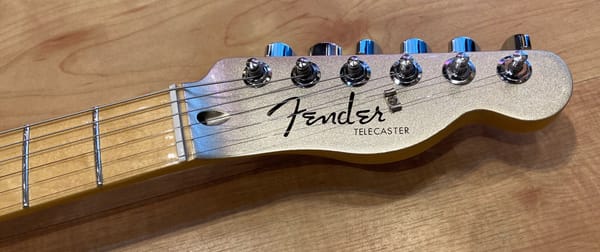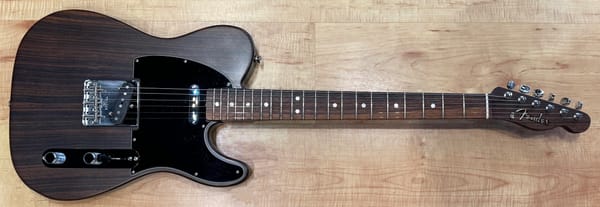From Radio Waves to Power Chords: Leo Fender and the Dawn of the Telecaster
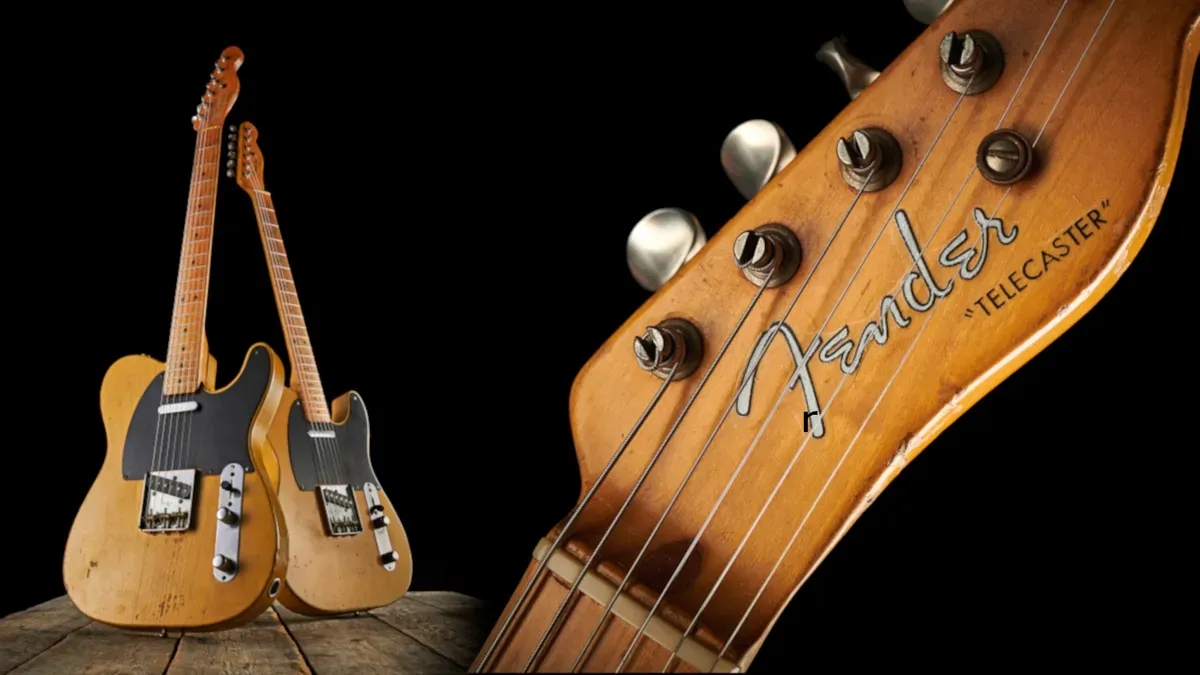
In the pantheon of electric guitars, few hold a position as iconic and foundational as the Fender Telecaster. Introduced in 1951, the Telecaster didn't just launch a line of instruments—it sparked a revolution in music and instrument design. At the heart of this transformation was a man who couldn’t play the guitar himself: Clarence Leonidas "Leo" Fender. His story is not one of rockstar bravado but of relentless innovation, curiosity, and a commitment to solving problems.
A Tinkerer from the Start

Leo Fender was born on August 10, 1909, in Anaheim, California. He showed an early interest in electronics, particularly radios. After studying accounting in college, he returned to his passion and opened the Fender Radio Service in Fullerton, California, in the late 1930s. His business quickly became a hub for local musicians who needed repairs on amplifiers and PA systems. Leo, fascinated by their needs, started building better sound equipment for them. His knack for innovation and his hands-on approach made him a trusted name in the local music scene.
K&F: The First Step Toward Guitars
In the mid-1940s, Leo partnered with Clayton "Doc" Kauffman, a fellow inventor and lap steel guitar enthusiast. Together, they formed K&F Manufacturing, producing lap steel guitars and tube amplifiers. These instruments were simple yet sturdy, and they sold well in the booming Hawaiian music craze of the time. However, Leo had bigger ideas. He believed that the traditional hollow-body electric guitars being used by jazz and country players were fundamentally flawed—they were prone to feedback, fragile, and difficult to service.
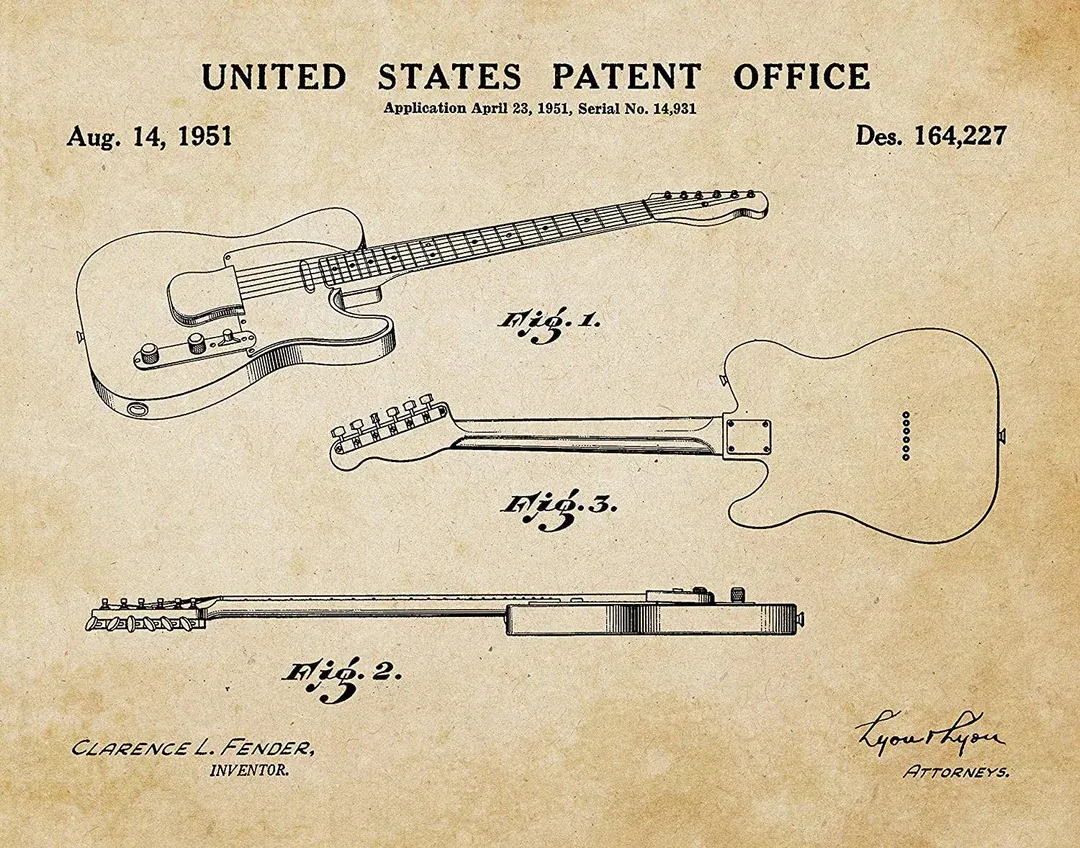
By 1946, Kauffman had left the partnership, and Leo transformed the operation into the Fender Electric Instrument Company. It was here that he laid the groundwork for something radically new: a solid-body electric guitar that was affordable, durable, and easy to mass-produce.
The Esquire and the Broadcaster
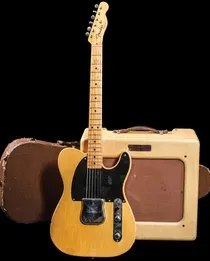
The first product of this new vision was the Esquire, launched in 1950. It featured a single bridge pickup, a bolt-on neck for easy repairs, and a simple slab body made of ash. It was raw, bold, and unlike anything else on the market. Musicians were intrigued. Soon after, Fender introduced a two-pickup version called the Broadcaster. However, due to a naming conflict with Gretsch (who produced a drum kit under the same name), Fender had to drop the Broadcaster name. For a brief period in 1951, the guitars were shipped with no model name on the headstock—these rare instruments are now famously known as "Nocasters."
By mid-1951, the guitar had been officially renamed the Telecaster, a nod to the booming new medium of television. And just like TV, the Telecaster would soon reshape culture itself.
Simplicity Meets Genius
What made the Telecaster so special? On the surface, it was almost absurdly simple: a single-cutaway body, two single-coil pickups, a three-saddle bridge, and a slab maple neck. But under that simplicity lay genius. The bridge pickup, mounted on a metal plate, had a bright, snappy tone that cut through any mix—a sound that would become synonymous with country music. The neck pickup offered a warmer, rounder tone, ideal for jazz and blues. The control layout allowed players to easily blend tones, giving them a surprising range of sounds.
Moreover, the Telecaster was easy to service. Players could swap out parts, adjust the neck, or even refinish the body without special tools or training. It was a working musician’s dream.
Country, Honky-Tonk, and the Working Guitarist
The earliest adopters of the Telecaster were country and Western swing guitarists. Players like Jimmy Bryant, known for his lightning-fast runs, showcased the Telecaster's precision and twang. The guitar’s durability made it ideal for gigging musicians who needed a reliable tool night after night. Its look industrial, unapologetic matched the tone of post-war America: pragmatic and forward-looking.
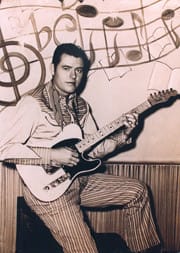
Telecasters soon found their way into blues clubs, jazz stages, and rockabilly bars. The guitar’s chameleon-like ability to fit into various genres made it an instant classic. From Memphis to Bakersfield, players couldn’t get enough of the new Fender sound.
A Revolution Begins
By the end of 1951, Leo Fender had achieved something extraordinary. With no formal training in lutherie or performance, he had built a guitar that would change the sound of popular music forever. The Telecaster was the world’s first mass-produced solid-body electric guitar, and its influence was immediate and global.
But this was only the beginning. Over the next few decades, the Telecaster would evolve, adapt, and continue to inspire generations of musicians. Leo Fender had opened the door, and the music world would never be the same.
In the next article, we'll explore the Telecaster's journey through the 1950s, the CBS acquisition, and the introduction of new models like the Thinline, Custom, and Deluxe. The evolution of an icon continues.
The Fender Telecaster: A Short History in 4K by five watt world

